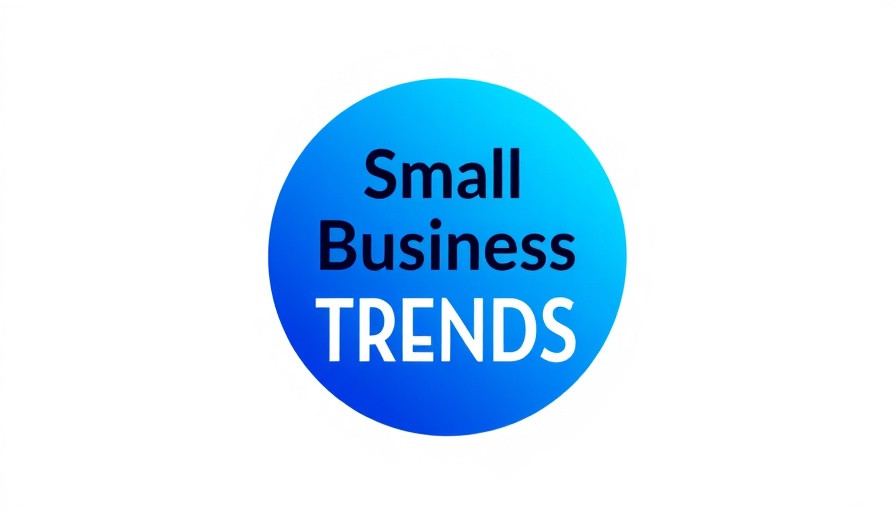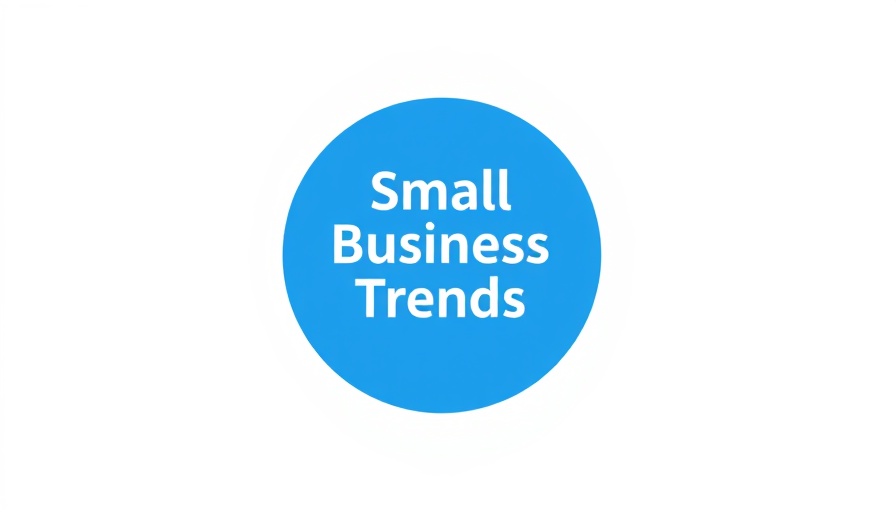
Understanding the Art of Closing Sales Pitches
Closing a sales pitch is more than just sealing a deal—it's about building a relationship, understanding your prospect's needs, and employing effective sales techniques that resonate with today's tech-savvy market. Especially for technical-oriented individuals who stay abreast of the latest advancements, an efficient pitch that aligns with their preferences is essential. Let's delve into crucial strategies for closing your sales pitches effectively, ensuring clarity and resonance with this target audience.
Building Rapport: A Critical First Step
The foundation of any successful sales interaction lies in building rapport and trust. For technical individuals, who often value transparent communication, engaging in active listening can significantly enhance trust. Listening more than speaking allows you to grasp their unique challenges and pain points. Beyond this, research indicates that 79% of consumers trust online reviews as much as personal endorsements, making it worthwhile to include relevant testimonials or case studies. This not only reinforces your credibility but also aligns your offerings with their expectations. Sharing common interests or experiences can also help form strong connections, making it easier to transition to a closing strategy.
Identifying and Addressing Needs: Tailoring Your Approach
Understanding your prospect's needs is paramount. Emphasizing a tailored approach is crucial; incorporate questions that allow them to articulate their specific challenges. For instance, utilizing AI-driven marketing tools can streamline an understanding of their requirements by providing data that highlights your solution’s relevance. Collect feedback actively and adjust your pitch accordingly, ensuring that your focus remains on the prospect rather than on generic offerings. This creates a space where they feel understood and valued.
Employing Effective Closing Techniques: Maximizing Your Impact
Once rapport is established and needs are understood, it’s time to utilize effective closing techniques. The Assumptive Close technique works particularly well with technical individuals; it involves discussing next steps as if the deal is already in place. Alternatively, the Puppy Dog Close—a risk-free trial method—creates emotional attachment and offers prospects a taste of your commitment to their success. Introducing a sense of urgency through the Scarcity Close can be particularly effective in tech-driven sales, where a limited offer might prompt quicker decisions. Transitioning into the Summary Close technique, reiterate how your solution specifically addresses the identified pain points, showcasing undeniable value.
Staying Relevant: The Role of AI in Modern Sales
As the sales landscape evolves, integrating AI into your sales pitch can provide significant advantages. AI marketing tools can analyze data patterns, enabling you to personalize your pitch to match the prospect’s preferences more closely. Utilizing AI-generated content featuring case studies can demonstrate your expertise and the successful application of your solution in similar organizations. By showing architects of future products how your offering leverages such advancements, you reinforce its relevance.
Follow-Ups: The Key to Maintaining Engagement
The conclusion of a pitch shouldn’t be the end of your communication. Following up persistently can reinforce your interest in solving the prospect's needs. Providing valuable insights, perhaps via a brief AI-generated blog post summarizing new industry trends after your meeting, can demonstrate your expertise and create a lasting connection. Measurement tools can track engagement levels, letting you adjust your follow-up strategies based on data-driven insights.
Common Misconceptions: Busting Sales Myths
Misconceptions abound in sales, particularly around closing techniques. One belief is that aggressive approaches are the only way to ensure closure. However, understanding nuances and tailoring conversations to cater to the prospect’s needs in the tech industry leads to a more meaningful conversation. A focus on relational rather than transactional interactions can bridge the gap effectively, creating satisfied customers who appreciate the additional value you provide.
Conclusion: Take Your Sales Closing to the Next Level!
Closing a sales pitch effectively requires a blend of rapport-building, tailored approaches, and familiarity with the latest technological advances, especially AI's role in tailored marketing solutions. As you refine your techniques and strategies, remember to actively listen to your prospects and follow up diligently. Embrace these strategies, and see your closing rate soar.
Call to Action: Start applying these techniques in your next sales pitch to witness the difference they can make. Identify your prospects’ unique needs, show them the value of your solutions, and watch how effectively you can close your sales!



Write A Comment